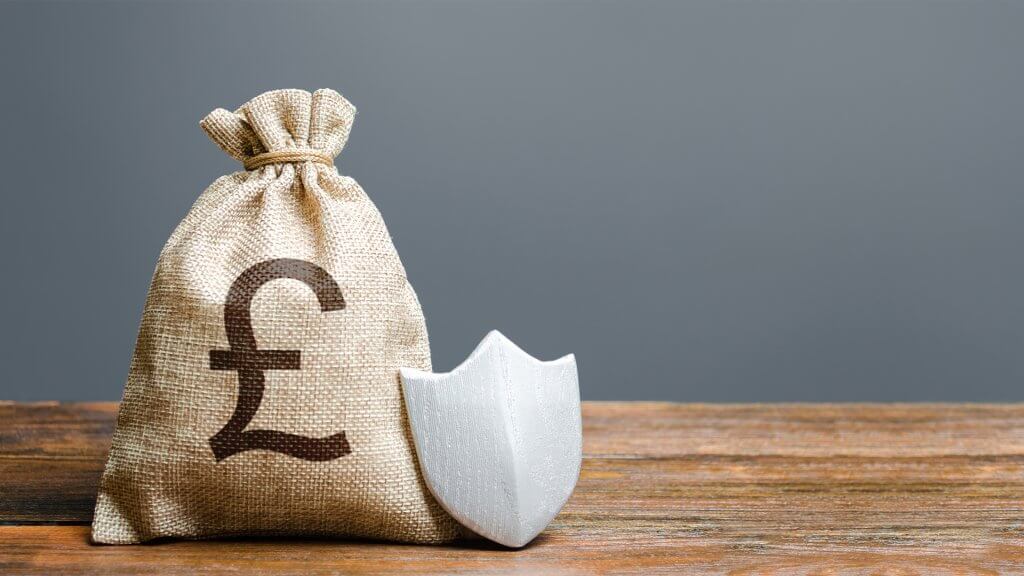The majority of SME-sized businesses use between 15,000 and 25,000 kWh per year. For many firms, this can be a huge drain on available funds. Annual energy bills for large businesses frequently reach in excess of £15,000, whilst those working within the industrial industry can expect to pay over £50,000 a year on energy costs.
However, by incorporating smarter energy solutions, there are various ways in which businesses can reduce their overheads from energy bills. Keep reading on to discover which electricals are costing your business the most money and how you can better manage them.
How Is the cost of electrical appliances calculated?
Named after the influential Scottish engineer and scientist James Watt, all energy is measured using watts (W). Once the number of watts reaches a figure higher than 1,000, it is converted into kilowatts (kW). In order to work out how much an electrical appliance costs, we need to know how many watts it uses and how long it is used for.
The vast majority of modern appliances will have their wattage somewhere on the appliance itself. If not on the front, then this should be found on the back or bottom of the appliance. Alternatively, you can Google the name of your product to find out its W or kW rating.
To calculate the running costs, you simply need to input your data into an easy-to-follow equation. Once you know the wattage of the appliance, you need to multiply this by the hours it’s being used for, divide this number by 1,000 and then multiply the entire sum by your kWh rate in pounds (as provided by your business electrical suppliers).
Which appliances are typically the most expensive?
It will come as a surprise to many readers to discover which electrical appliances are actually costing your business the most money. Many of us will have grown up having been scolded by our family for “burning money” when forgetting to turn the lights off, but how much of a difference does this actually make to energy bills?
Well, in the modern world, the majority of businesses will be (or should be) using energy-saving bulbs. This is a guaranteed means of saving your business a significant amount of money in the long run. An energy-saving bulb will cost you approximately 0.3p per hour to leave on. Putting this into perspective, if an energy-saving bulb was left on constantly for an entire month, this would cost around £2 on your electricity bill.
The most expensive electrical appliances which businesses frequently use are:
Electric Showers: More and more businesses are providing their workforce with showers so that they can cycle to work and shower afterwards to feel fresh and presentable throughout the day. However, the use of electric showers is one of the more pricey electric overheads which a business can face.
Using an 8.5kW electric shower, you will be paying around 2p per minute, meaning a 5-minute shower will cost 10p. This doesn’t sound like too much, however, it will add up quickly. If a member of staff works 250 days in a year and showers every day, then this will cost the business approximately £25. Extrapolated once more, if you have as many as ten members of your workforce doing this, then it will be costing you £250 a year.
Fridge freezer: The vast majority of business premises will have at least one fridge freezer so that staff can bring and store their food for the day. Medium and big businesses could have ten or more fridge freezers in total. This can add up to be another substantial overhead, as a singular fridge freezer with a 150-200W capacity which is left on continuously will cost approximately £33 a year.
Television: Businesses working within the media, finance, computer, telecommunication and technology industries, in particular, are likely to have multiple televisions on their premises. Many of these companies will leave these televisions on continuously throughout the day to relay breaking industry news and serve as an aesthetic backdrop or source of advertising to visitors.
The use of televisions is undoubtedly one of the biggest electric costs for many businesses. A television which is used for eight hours per day will cost around £85 to run a year. Depending on how many televisions your business has on throughout the working day, this could be costing you hundreds or even thousands of pounds on an annual basis.
Computers: In our digital world, most companies need computers as the lifeblood of their business. Unsurprisingly, the amount of electricity that laptops use, alongside PCs and servers, account for a significant proportion of a business’ energy consumption. An average desktop PC needs 1.3 kWh of electricity to run for three hours. This works out to just over 7p an hour or approximately 58p for a days work. Looking at the bigger picture, if you have twenty PCs on for eight hours a day, 250 days a year, then this works out as a whopping £2,900 added to your annual electricity bill.
How can you cut your business’ energy costs?
As you can see, many of the most expensive electric appliances are indispensable to the way a business operates. Seeing as you will not be able to simply stop using these devices, what are the alternative ways of reducing your business’ energy consumption?
It is crucial that you work with business electricity suppliers and third-party intermediaries who can devise a cost-saving strategy. This will help to minimise your energy consumption based on your specific consumption habits, simultaneously reducing business costs and lessening your environmental impact.








